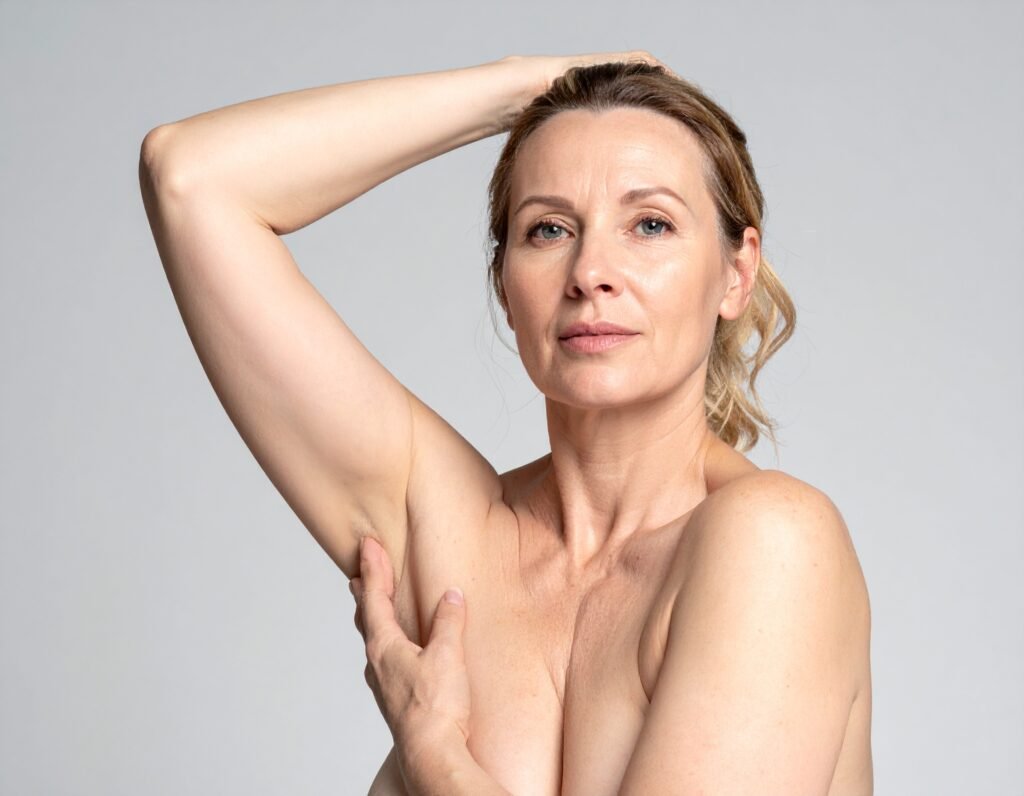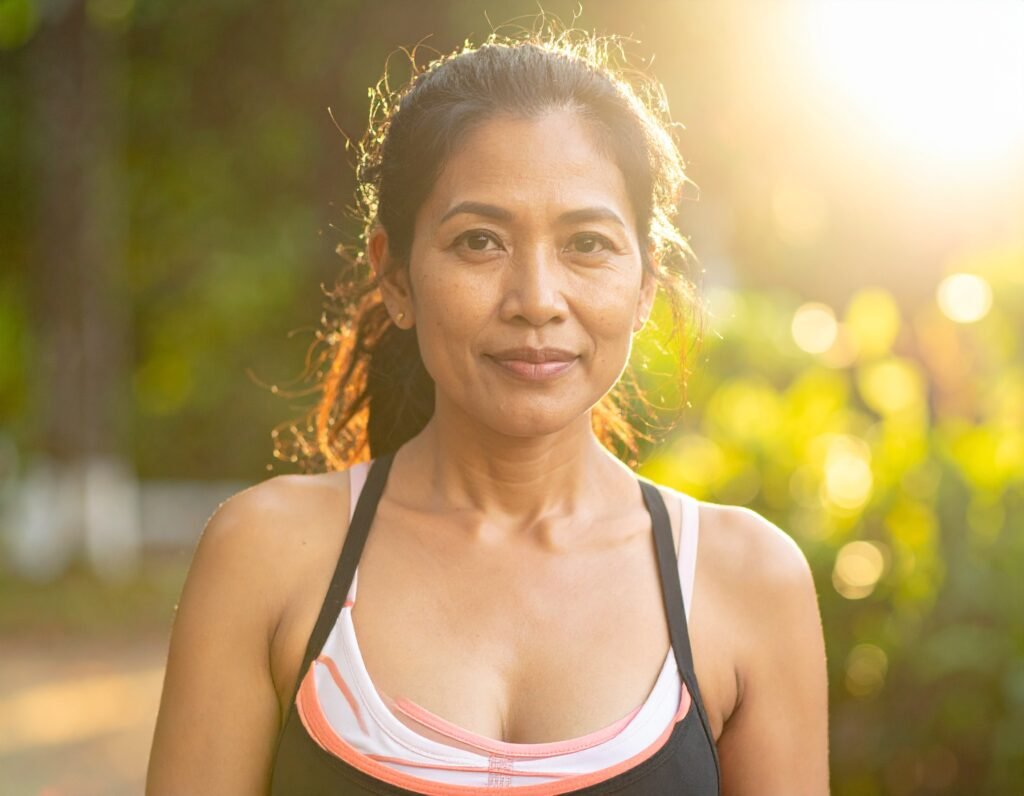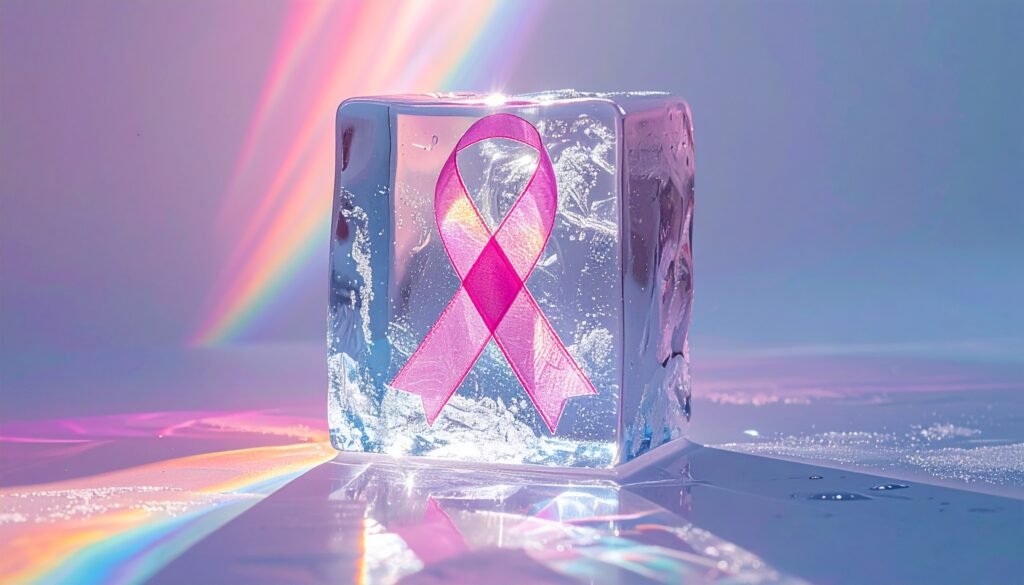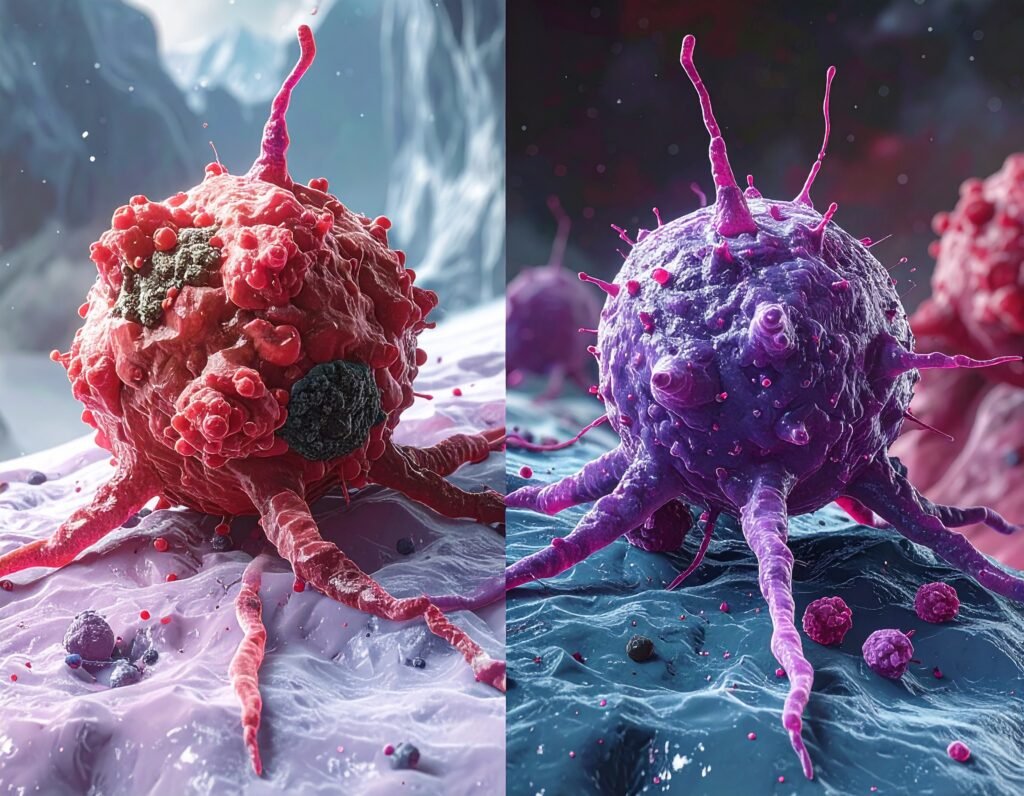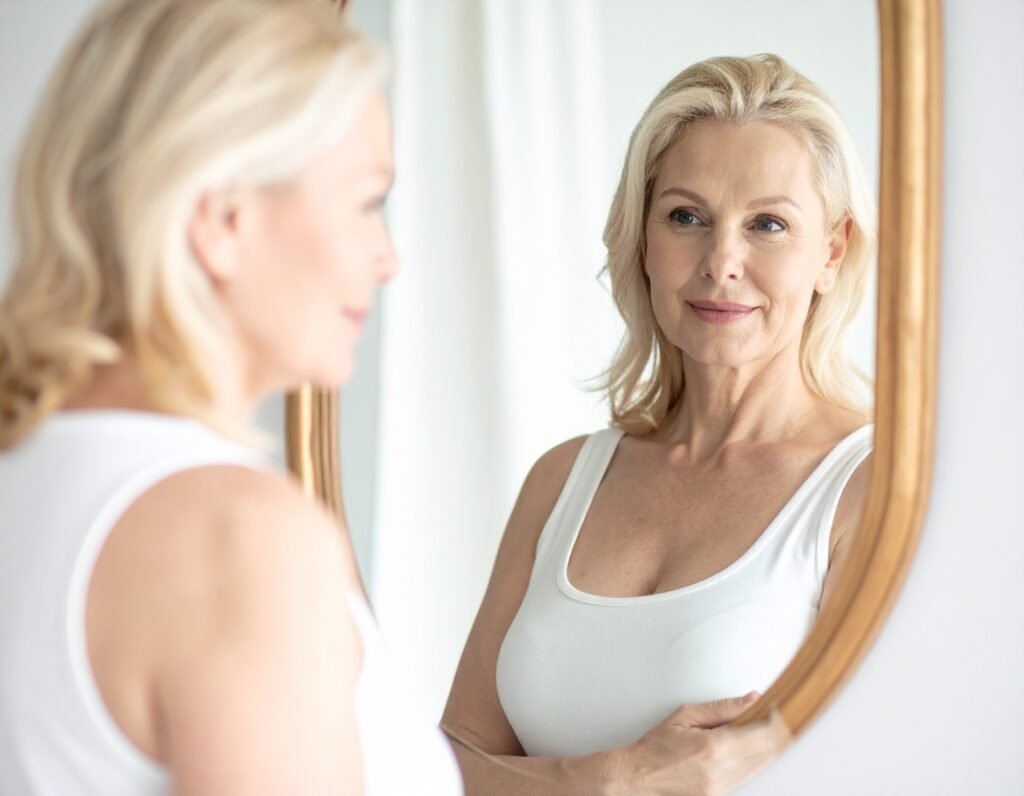When Breast Cancer Doesn’t Start in the Breast
When Breast Cancer Doesn’t Start in the Breast Sometimes breast cancer starts in lymph nodes before it’s visible in the breast. Discover how this rare “hidden” form challenges what we think we know. Breast Cancer Can Start Outside the Breast When we think of breast cancer, most of us picture a lump in the breast — something we can feel or see. But what if breast cancer doesn’t begin there at all?It may sound surprising, but not every case of breast cancer starts inside the breast itself. In a small number of cases, doctors actually discover cancer cells in the lymph nodes before they find a tumor in the breast. The Hidden Form: Occult Breast Cancer This rare situation is called occult breast cancer, meaning “hidden” or “not easily seen.” It accounts for less than 1% of all breast cancer diagnoses. In these cases, imaging tests like mammograms and ultrasounds might show no visible tumor, yet a biopsy of a swollen lymph node in the armpit reveals breast cancer cells. Occult breast cancer is mysterious because the main tumor is often too small to detect — or in some cases, the original cancerous cells in the breast may have been destroyed by the body’s immune system, leaving only traces behind in nearby lymph nodes. Why This Matters This type of cancer challenges one of the most common assumptions about breast cancer — that it always begins with a breast lump. The truth is, breast cancer doesn’t always follow predictable rules. Because of this, paying attention to all changes in and around the breast area — not just lumps — is crucial.Watch for: Swelling under the arm or near the collarbone Changes in breast size or shape Skin dimpling or thickening Nipple changes or discharge Redness or warmth in the breast If any of these symptoms appear and don’t go away, it’s important to see a healthcare provider, even if a recent mammogram was normal. Detection and Diagnosis When a lymph node biopsy shows cancer cells but no tumor is seen on scans, doctors use advanced imaging like MRI to search for the source. Even if no tumor is found, treatment usually follows standard breast cancer protocols — often including surgery, chemotherapy, radiation, and hormone therapy, depending on the subtype. The Bigger Picture Occult breast cancer is a reminder that early detection isn’t just about finding lumps — it’s about knowing your body.Trusting your instincts and getting checked when something feels off can make all the difference. For most people, the risk of this specific type of breast cancer is very small, but understanding that breast cancer can sometimes begin outside the breast helps us stay alert in smarter, more informed ways. Key takeaway: Breast cancer doesn’t always announce itself with a lump. Sometimes, it hides — and that’s why awareness, regular checkups, and self-advocacy are so important.
